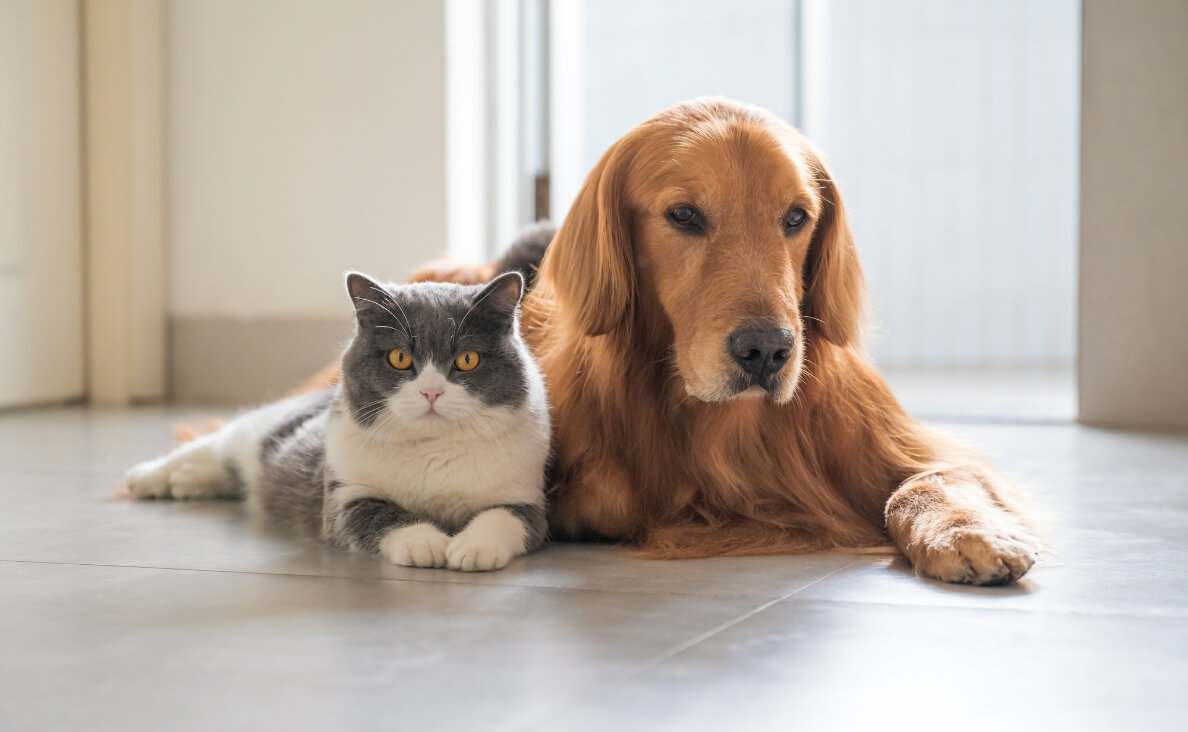
Understanding and stopping dog aggression towards cats is crucial for pet owners who wish to ensure a harmonious coexistence between their canine and feline companions. This issue, often stemming from natural instincts, territorial behavior, or lack of socialization, can lead to stressful and potentially dangerous situations. Here are practical tips to help you address and prevent dog aggression towards cats.
-
Understand the Root Cause
Before tackling dog aggression towards cats, it’s essential to understand why it occurs. Dogs are naturally predisposed to chase smaller animals, and this instinct can manifest as aggression. Additionally, territorial behavior, fear, or a lack of proper socialization with other animals can also contribute to this issue. Observing your dog’s behavior around cats and other animals can provide valuable insights into the cause of their aggression.
-
Early Socialization
One of the most effective ways to prevent dog aggression towards cats is through early socialization. Exposing your dog to cats in a controlled environment from a young age can help them learn that cats are not threats or prey. This early introduction can significantly reduce aggressive tendencies as your dog matures.
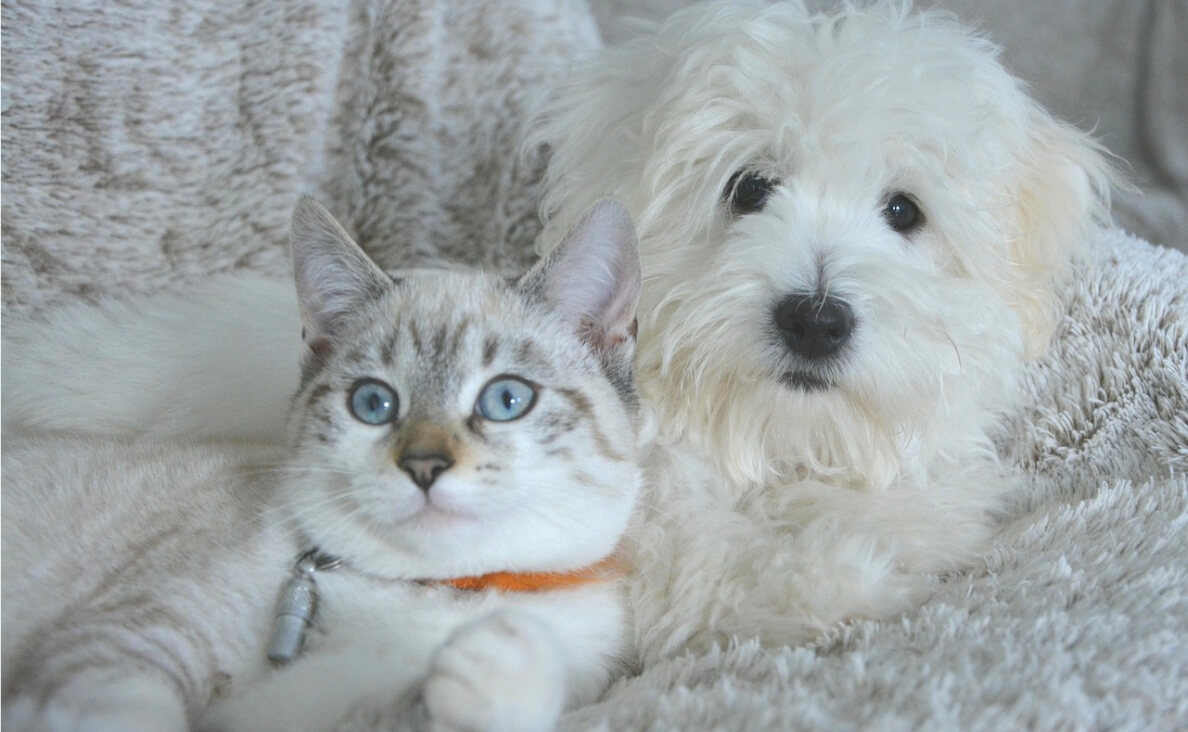
-
Training and Commands
Training plays a vital role in managing dog aggression towards cats. Basic obedience commands like ‘sit’, ‘stay’, ‘come’, and ‘leave it’ are crucial. These commands can help you control your dog’s behavior in the presence of a cat. Consistent training and reinforcement of these commands can help your dog understand the expected behavior.
-
Controlled Introductions
Introducing your dog to a cat should be a gradual and controlled process. Start with short, supervised sessions where both animals are present but kept at a safe distance. This can be done by using barriers like baby gates or keeping the dog on a leash. Gradually decrease the distance between them as your dog becomes more comfortable and less aggressive.
-
Create Safe Spaces
Ensure that your cat has safe, dog-free areas where they can retreat if they feel threatened. Cat trees, high shelves, or separate rooms accessible only to the cat can provide a safe haven. This not only helps in reducing stress for the cat but also prevents escalation of aggressive incidents.
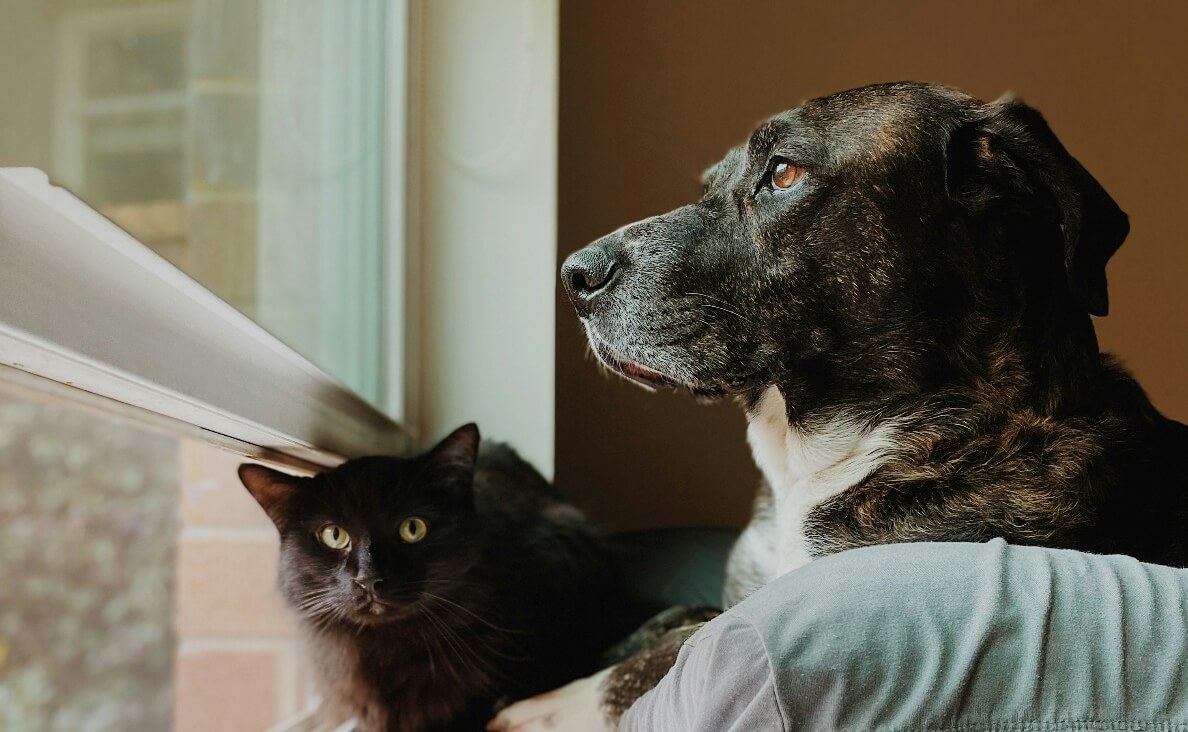
-
Positive Reinforcement
Use positive reinforcement to encourage non-aggressive behavior from your dog. Reward your dog with treats, praise, or playtime whenever they behave calmly or show indifference towards the cat. This reinforcement helps your dog associate positive behavior with rewards, reducing their aggression over time.
-
Monitor Body Language
Paying close attention to your dog’s body language can give early warning signs of aggression. Growling, baring teeth, stiffening, and fixating on the cat are indicators of potential aggression. Intervening early when you notice these signs can prevent an aggressive encounter.
-
Exercise and Mental Stimulation
A well-exercised dog is generally less likely to exhibit aggressive behavior. Regular exercise helps to expend excess energy that might otherwise be directed towards aggressive tendencies. Mental stimulation through puzzle toys or training exercises can also help keep your dog’s mind engaged and less focused on the cat.
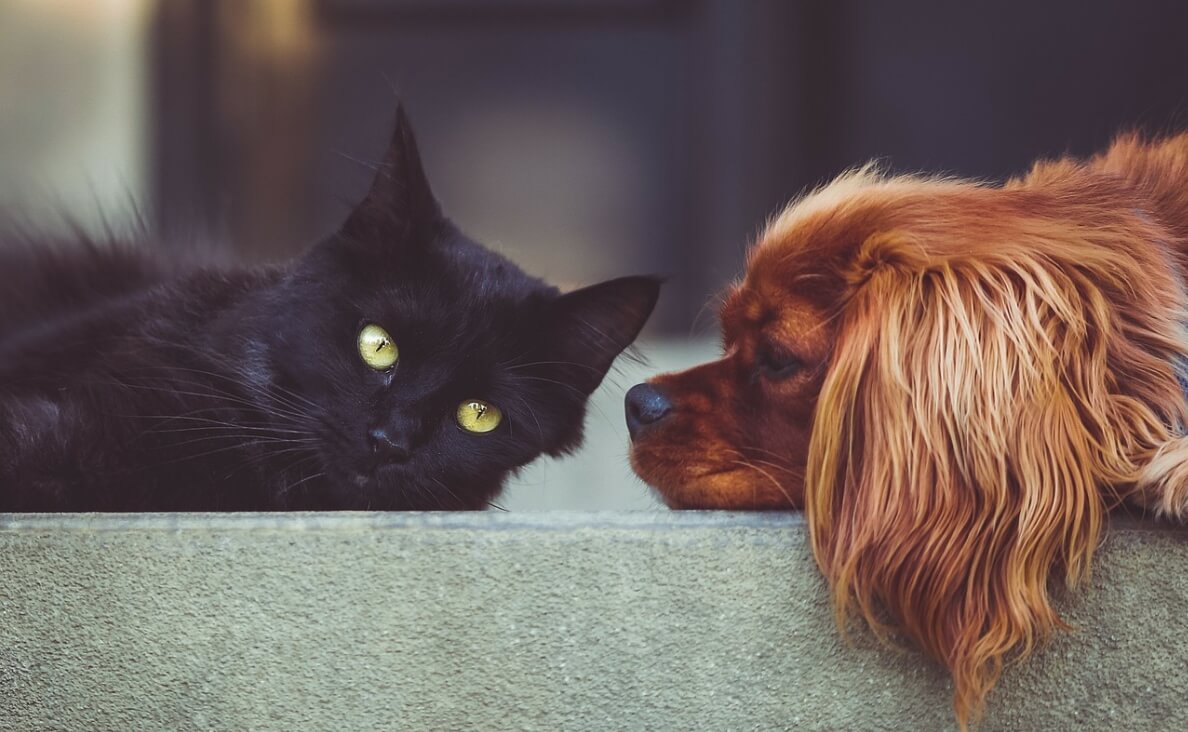
-
Professional Help
If your efforts to manage your dog’s aggression towards cats are not successful, it may be time to seek professional help. A certified animal behaviorist or a professional dog trainer experienced in dealing with aggression can provide personalized advice and training strategies based on your dog’s specific needs.
-
Patience and Consistency
Patience and consistency are key when addressing dog aggression towards cats. Behavior change does not happen overnight, and it’s important to be consistent in your training and management efforts. Celebrate small progress and be patient as your dog learns to coexist peacefully with your cat.
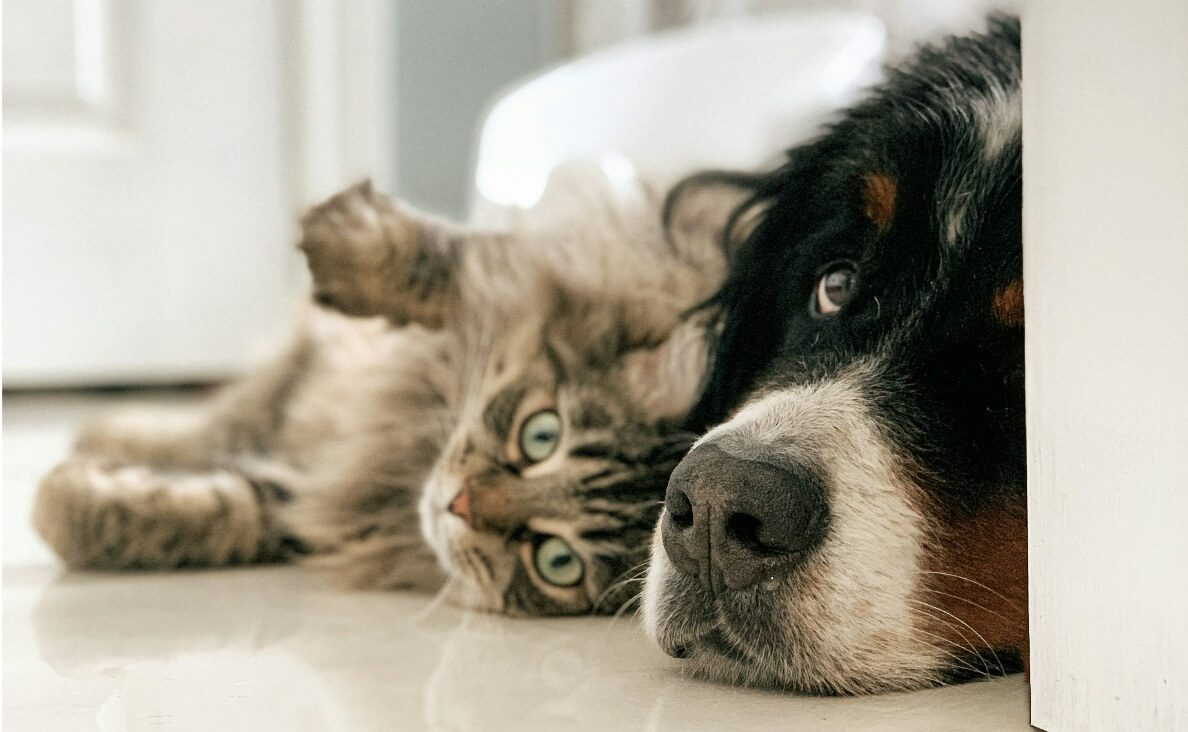
Final Thoughts
Dealing with dog aggression towards cats can be challenging, but with the right approach, it is possible to foster a peaceful relationship between your canine and feline pets. Understanding the root cause, providing early socialization, implementing training and controlled introductions, and seeking professional help if needed, are all critical steps. Remember, patience, consistency, and positive reinforcement are your best tools in this journey towards a harmonious multi-pet household.
Have you taught your dog to stop being aggressive toward a cat? What worked for you? Please share your experience in the comments below…

 Beyond the Litter: Do Puppies Remember Their Siblings?
Beyond the Litter: Do Puppies Remember Their Siblings? How Intelligent is Your Dog?
How Intelligent is Your Dog? 6 Steps to Keep Your Puppy or Dog from Jumping Up
6 Steps to Keep Your Puppy or Dog from Jumping Up What Colors Can Dogs See? A Look into Canine Color Vision
What Colors Can Dogs See? A Look into Canine Color Vision 4 Reasons Your Dog Twitches in Their Sleep
4 Reasons Your Dog Twitches in Their Sleep






Leave a Reply